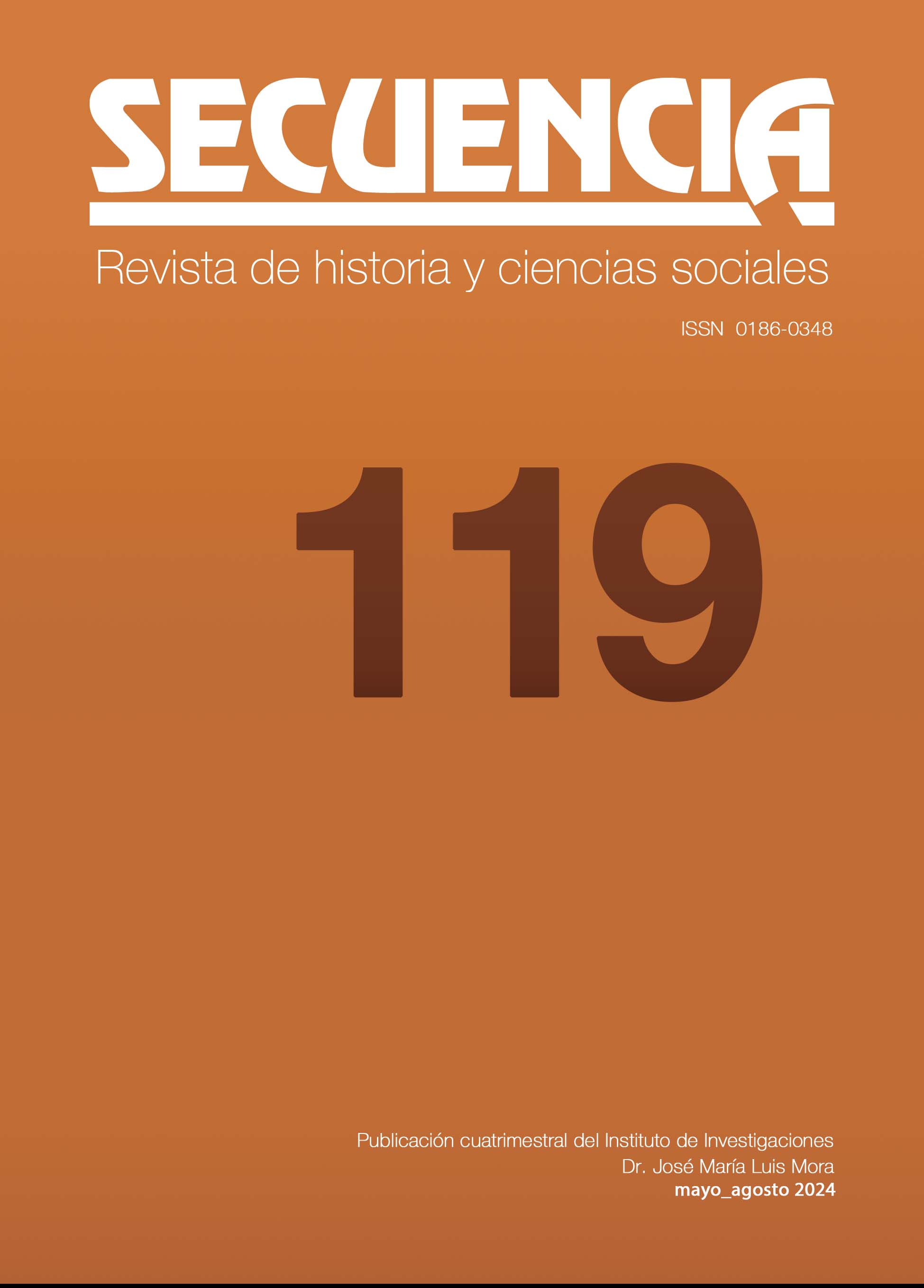Abstract
The purpose of this article is to analyze the criticisms leveled by El Defensor de la Religión (a newspaper published in Guadalajara, Jalisco, Mexico) against certain actors from 1827 to 1833. It accused them of being “enemies of God,” since they questioned the ecclesiastical discipline of the time, which, within the framework of a confessional state, was regarded as beyond question by the priesthood. It also explains why the Guadalajara diocesan clergy used the press to refute their enemies rather than the system of religious censorship in force from 1821 to 1855.
Through an examination of El Defensor de la Religión, the author shows that the Guadalajara clergy were reluctant to join a liberal political system with regalian pretensions, with deep roots in Bourbon Spain, even though this system guaranteed the Church a central role as the spiritual guide of Mexican society. Ecclesiastical autonomy from civil power was central to the Catholic republic project defended by the Guadalajara clerics. This study is relevant because it argues that, despite the abolition of the Inquisition in 1820, ecclesiastical censorship continued to function in independent life. In addition, it underwent substantial changes about the colonial period, such as using the press as a complement to the differentiated system for freedom of the press.
References
Barruel, A. (1813). Memorias para servir a la historia del Jacobinismo, escritas en francés por el abate Barruel; traducidas al castellano por F. R. S. V. observante de la provincia de Mallorca, tomo primero. Palma de Mallorca: Imprenta de Felipe Guasp.
Connaughton, B. (2012). Ideología y sociedad en Guadalajara (1788-1853): La Iglesia católica y la disputa por definir la nación mexicana. Ciudad de México: CONACULTA.
Connaughton, B. (2014). La búsqueda del código jurídico y la forja del canon de reforma político-religiosa: Macanaz y la tradición regalista, siglos XVIII y XIX. En Francisco Javier Cervantes Bello y María del Pilar Martínez López-Cano (coords.), Reformas y resistencias en la Iglesia novohispana (351-393). Ciudad de México: Universidad Nacional Autónoma de México, Benemérita Universidad Autónoma de Puebla.
Espinosa y Dávalos, P. (2023). Biografías. Tomo primero. La Real Universidad de Guadalajara, 1791-1821. En Enciclopedia histórica y biográfica de la Universidad de Guadalajara. Guadalajara: Universidad de Guadalajara. Recuperado de: http://enciclopedia.udg.mx/articulos/espinosa-y-davalos-pedro.
Mijangos y González, P. (2018). Entre Dios y la República. La separación Iglesia-Estado en México, siglo XIX. Ciudad de México: CIDE, tirant lo blanch.
Ramos Soriano, A. (2013). Los delincuentes de papel. Inquisición y libros en la Nueva España (1571-1820). Ciudad de México: Fondo de Cultura Económica, Instituto Nacional de Antropología e Historia.
Rosas Salas, S. (2015). La Iglesia mexicana en tiempos de la impiedad: Francisco Pablo Vázquez, 1769-1847. Ciudad de México: Benemérita Universidad Autónoma de Puebla, El Colegio de Michoacán, Ediciones E y C.
Torres Puga, G. (2004). Los últimos años de la Inquisición en la Nueva España. Ciudad de México: Miguel Ángel Porrúa, CONACULTA, INAH, 2004.

This work is licensed under a Creative Commons Attribution-NonCommercial 4.0 International License.
Copyright (c) 2024 Felipe Bárcenas García




